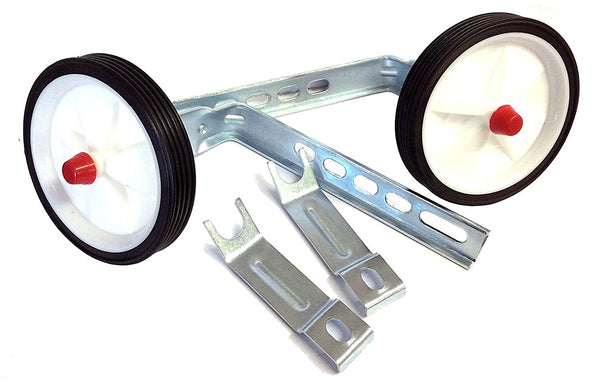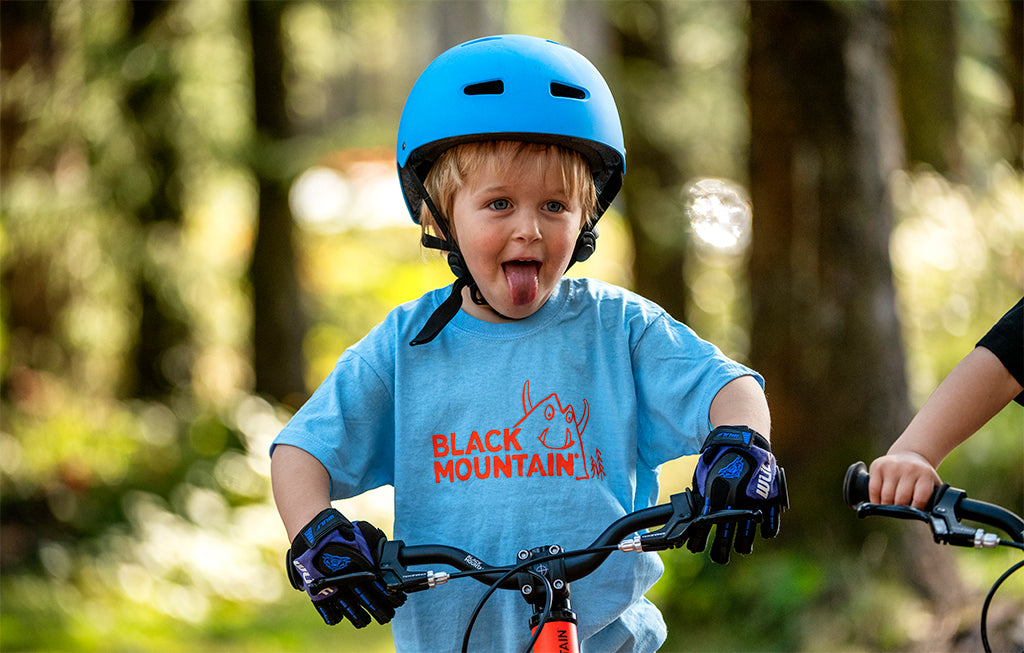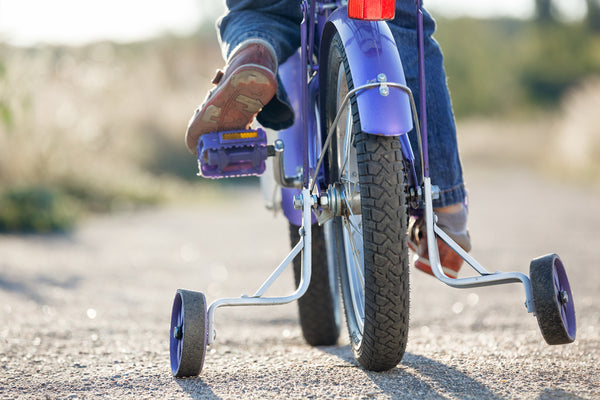Six reasons why stabilisers suck!
There’s no exact science or right way to learn to ride a bike.
Some children take to it like a duck to water, others get it later in life, and some never bother, but there’s one thing for certain, once you learn how to ride, it’s a skill you never forget.
For anyone over the age of 20 (at least) the learning process would have been with stabilisers/training wheels, and while this worked for many of us, there are new, safer, and more efficient ways to learn to ride these days, especially as children are learning to ride earlier in life. Stabilisers can play an important role in helping children to ride who have physical or balance challenges, and of course if that helps get kids out riding, then fantastic (and sites like https://cycling.org.uk have some great advice on this subject). But generally, stabilisers really aren't a good choice. Why not? Here are just a few reasons to avoid stabilisers or training wheels:
1. They don’t actually teach you to balance
Stabilisers teach you how to pedal. Kids will naturally pedal and wobble along as the stabilisers catch them as they turn. This isn’t balancing, nor will it teach them to balance on their own. With stabilisers, as they turn they will default to shifting their weight differently in order to stay upright and make sure the stabilisers don’t lift from the floor. Stabilisers are essentially a false economy, they will support your child but will not actually teach them the fundamentals of riding, and they’ll have to learn to balance when the stabilisers come off.
2. They aren’t very safe
Turning on a bike with stabilisers can actually be quite dangerous at speed. By default your child would have learned to shift their weight in a specific way, and so by turning sharply, allowing the bike to tip and the stabiliser to lift on the opposite side can see the bike topple over completely. While they are safe enough in most circumstances, it’s the reliance on them and especially turning too sharply without having the knowledge of what to do if something goes wrong, that can be the issue.
3. They can have an impact on confidence
I think we’ve all been there at some point, be it having gone through the experience ourselves or done it with our own children. The stabilisers come off, someone is running behind you, and then, that person lets go. Usually what happens is that you have no idea what to do at this stage because you’ve never had to balance by yourself before. It can sometimes work quite well, but most of the time it’s a very scary experience, with a wobble, a fall, and we’re back to square one. Inevitably there will be falls, wobbles and downsides to learning to ride, but it doesn’t have to be that way. Learning how to balance without even having pedals in the equation is a great way to get started.

4. They are very rigid
Stabilisers aren’t very agile, using them can make things a little clumsier and make it very difficult for your child to be able to lift the bike by themselves, especially when turning around. They can be quite cumbersome and will make the bike heavier. It’s actually quite difficult to turn with stabilisers too, as they hold the bike upright so turning isn’t something that happens smoothly. Stabilisers just make things more difficult and don’t promote natural movements while riding and turning.
5. They can actually mean it takes longer to learn
Once your child is ready to take the stabilisers off after a few weeks of learning, they will either take to it and be able to ride, or more often than not, they need to learn how to actually balance. Once the stabilisers are off they will essentially have to learn all over again and try to unlearn bad habits that have come from being supported in a certain way. We previously mentioned confidence, and again this is an important point because it can be very unnerving for your child not having them to catch them. The process of having to learn to balance can be very frustrating for both you and your child, and it may put them off wanting to continue learning.
6. You can’t use them on certain terrain
Trying to ride stabilisers on rough terrain is a very difficult experience. If you’re wanting to go off as a family and ride on a cycle patch that is perhaps a little uneven, and has lots of loose gravel and twigs, it’s almost impossible for them to be able to enjoy the experience and cycle safely. They will wobble over the surface as the stabilisers try to get over obstacles and it can cause the wheels to stall. The only place stabilisers can be used effectively is on smooth pavements and roads.While we’re not totally against stabilisers, there are much better ways to learn now. Plus stabilisers are clunky, they don’t look good, are noisy, can be very flimsy and always seem to get in the way!
With a huge range of balance bikes available on the market why not get them balancing and learning naturally. Curious to know what a balance bike is? You can find out with our previous article, here. If you want to know when your child can start balance biking you can read that here.
Or follow the link below to buy one of our great little ĒPOK series bikes which start life as balance bikes, and then transition to lightweight pedal bikes




